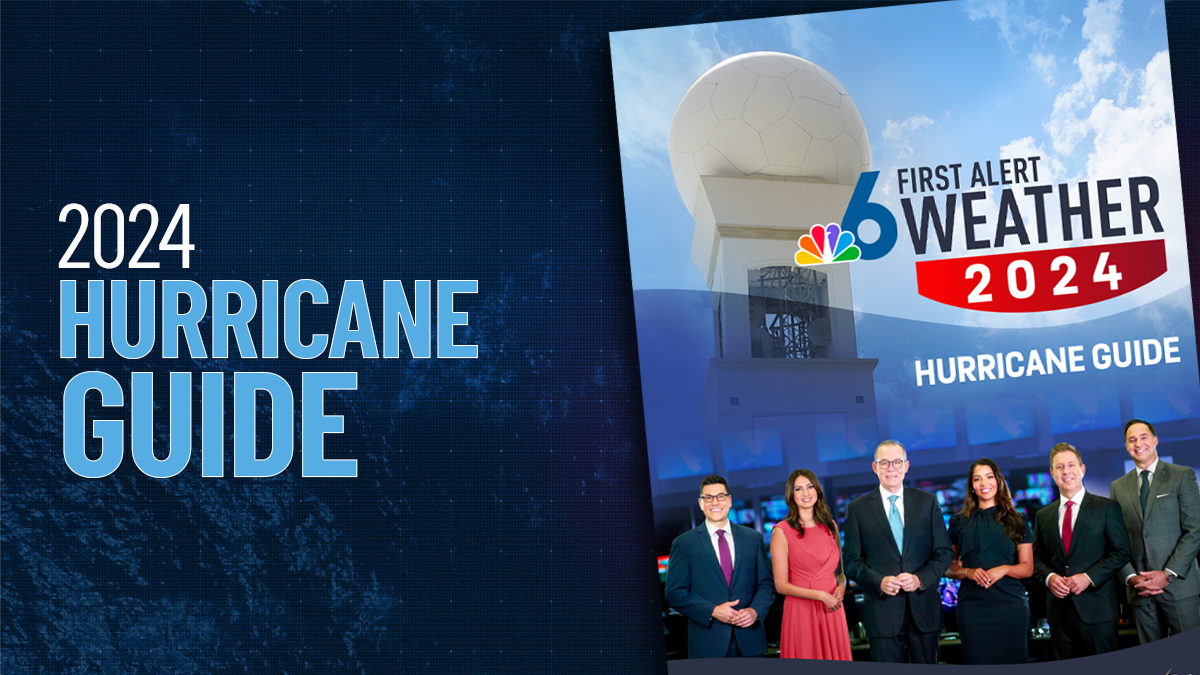When it comes to hurricanes, Floridians’ spirits lift in November. The end of the season is in sight. While a November storm can never be ruled out — see 2022’s Hurricane Nicole — the chance of being struck by a hurricane drops rapidly as we march towards Thanksgiving.
Compared to historical norms, the 2024 Atlantic hurricane season has overdelivered. But compared to what was expected, maybe not so.
There have been 15 named storms so far, and the normal for an entire season is 14. Ten hurricanes have formed versus an average number of seven each year. Four of those have reached major hurricane intensity, meaning categories 3, 4, and 5. The historical norm for a full season is three majors.
After today only 1 month left in #HurricaneSeason2024. It's running about 25% above average, with catastrophic U.S. and Caribbean impacts that include scores of fatalities and damage exceeding $200B. Fingers crossed that we don't use any of the names left on the list. pic.twitter.com/Jx2ZFDBATA
— John Morales (@JohnMoralesTV) October 31, 2024
The Hurricane season is on. Our meteorologists are ready. Sign up for the NBC 6 Weather newsletter to get the latest forecast in your inbox.
The Accumulated Cyclone Energy (ACE) for the year is about 26% above normal. ACE is a statistic which accounts not just for the number of storms and hurricanes, but for their intensity.
The National Oceanic and Atmospheric Administration (NOAA), the parent agency of the National Weather Service and the National Hurricane Center (NHC), was always very bullish on the 2024 season. Their mid-season updated outlook still called for 17 to 25 tropical storms. We’ll be hard-pressed to reach the lower end of that bracket.
The seasonal outlook also forecast eight to 13 hurricanes, out of which 4-7 would reach major hurricane Category 3, 4, or 5 status. We’ve already reached or surpassed the lower end of those ranges.
Hurricane Season
The NBC 6 First Alert Weather team guides you through hurricane season
Today, NHC was monitoring three areas of concern in the Atlantic. One was very far away near the Azores in the form of a system that was already generating storm conditions but had yet to acquire tropical characteristics. That weather will be monitored as it moves eastward.
Another area being looked at by NHC was near Puerto Rico. A dip in the jet stream has energized the remnants of an old front and tapped into tropical moisture to bring flooding rains to the island. While some of those rains are forecast to spread west towards Hispaniola, Cuba, and the southeastern Bahamas, there isn’t much of a chance for long-term development because it’s expected to be absorbed by another area to watch in the Caribbean.
That area was located north of Panama. Showers and thunderstorms there have not shown any immediate signs of organization, but there’s a medium chance that a tropical depression could form this weekend or early next week. The disturbance would move west or northwest towards Central America or potentially the Gulf of Mexico.
Sea surface temperatures are, mercifully, cooling quickly in the Gulf. Cold fronts arriving from the continent, as expected this time of the year, have started to play a role. And there are very strong winds aloft, creating the wind shear that is so hostile to tropical storms and hurricanes.



